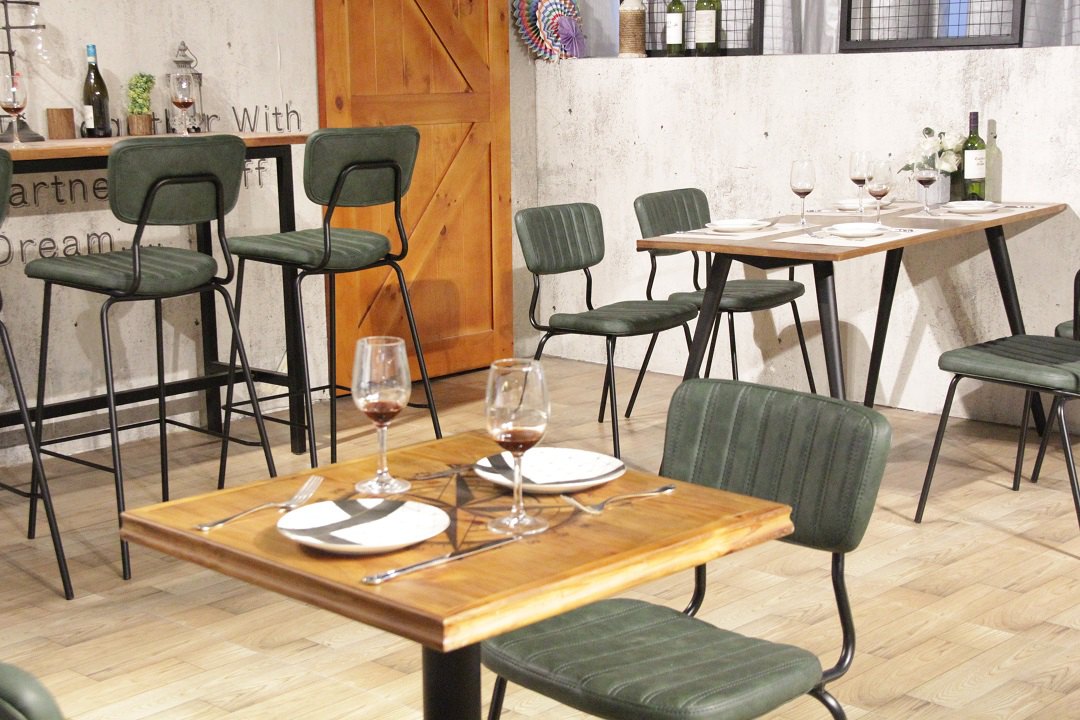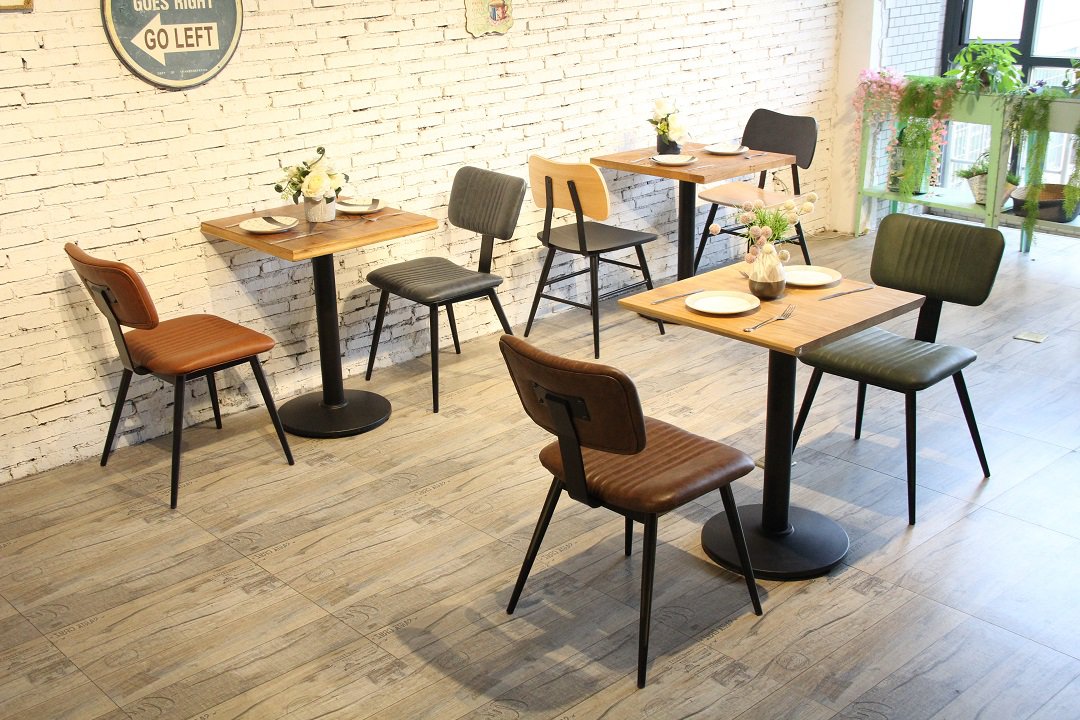In the diversified commercial space, commercial furniture, as an indispensable key element, carries functions and missions far beyond ordinary furniture. From high-end office buildings in bustling cities to small shops on the streets filled with smoke and fire; From crowded shopping centers to tranquil and elegant boutique hotels, commercial furniture is everywhere, silently shaping the unique atmosphere of various commercial scenes and facilitating the smooth development of commercial activities.
 Functionality is the foundation of commercial furniture. Unlike household furniture that focuses on meeting personal daily comfort needs, commercial furniture needs to face the rigorous challenges of various complex commercial scenarios and provide tailored solutions for different industries and business models. Taking office space as an example, the desk is no longer just a flat surface for storing computer files. Nowadays, office furniture design is more scientific and reasonable, integrating a wire storage system. Various cables shuttle through it in an orderly manner, bidding farewell to the chaotic desktop wire “jungle”; Some desks also have adjustable functions to meet the needs of employees who want to switch positions and relieve fatigue after sitting for a long time, thus improving work efficiency. The tables and chairs in the conference room should fully consider factors such as personnel flow and information display. Conference tables that can be flexibly assembled and combined can quickly adapt to meetings of different sizes. Equipped with chairs with pulleys and easy mobility, participants can easily enter and exit, and interactive communication is unobstructed. In dining establishments, the design of dining tables and chairs should balance the dining experience of diners with the convenience of service staff. The distance between tables and chairs should be moderate, ensuring that customers have a certain degree of privacy while dining, and not hindering service staff from serving dishes and tidying up utensils; Desktop materials are often chosen to be easy to clean and resistant to oil stains. Even in the face of frequent food and beverage oil contamination, simple wiping can restore smoothness.
Functionality is the foundation of commercial furniture. Unlike household furniture that focuses on meeting personal daily comfort needs, commercial furniture needs to face the rigorous challenges of various complex commercial scenarios and provide tailored solutions for different industries and business models. Taking office space as an example, the desk is no longer just a flat surface for storing computer files. Nowadays, office furniture design is more scientific and reasonable, integrating a wire storage system. Various cables shuttle through it in an orderly manner, bidding farewell to the chaotic desktop wire “jungle”; Some desks also have adjustable functions to meet the needs of employees who want to switch positions and relieve fatigue after sitting for a long time, thus improving work efficiency. The tables and chairs in the conference room should fully consider factors such as personnel flow and information display. Conference tables that can be flexibly assembled and combined can quickly adapt to meetings of different sizes. Equipped with chairs with pulleys and easy mobility, participants can easily enter and exit, and interactive communication is unobstructed. In dining establishments, the design of dining tables and chairs should balance the dining experience of diners with the convenience of service staff. The distance between tables and chairs should be moderate, ensuring that customers have a certain degree of privacy while dining, and not hindering service staff from serving dishes and tidying up utensils; Desktop materials are often chosen to be easy to clean and resistant to oil stains. Even in the face of frequent food and beverage oil contamination, simple wiping can restore smoothness.
Durability is the solid armor for commercial furniture to ride the commercial battlefield. The foot traffic and frequency of use in commercial places are far from comparable to those in households, and commercial furniture must withstand long-term, high-intensity wear and tear. The sofa in the hotel lobby welcomes hundreds of guests every day. Between sitting down and getting up, the sofa fabric should be wrinkle resistant and wear-resistant, and the filling should not easily collapse or deform, in order to maintain a full and comfortable appearance and leave a good first impression on guests. The benches in the public rest area of the shopping mall should be used frequently by customers with different weights and different sitting positions. The frame structure should be made of solid metal materials, which should be rust proof and reinforced to ensure stability in the flow of people. For the tables and chairs of educational and training institutions, they should be used alternately by multiple batches of students every day, without shaking or damage. The corners should be rounded to prevent collision, and the paint surface should be durable and not fade or peel off, providing stable learning support for students for years. This durable feature not only reduces the cost of frequent furniture replacement for businesses, but also ensures the continuity and stability of commercial operations.
Style adaptability makes commercial furniture the ‘atmosphere magician’ of commercial spaces. Different business fields have vastly different brand tones and consumer expectations, and commercial furniture must be precisely matched to create an appropriate environmental atmosphere. The flagship store of a fashion brand features simple, modern, and well-designed furniture with smooth lines and unique shapes. It is paired with cool materials such as metal and glass, complementing cutting-edge fashion items and showcasing the brand’s high-end and trendy temperament, attracting customers who pursue fashion to stop and appreciate. In homestays with regional cultural characteristics, furniture materials tend to be natural wood, rattan and other materials, incorporating traditional handmade carving and painting elements to create a rich local style, allowing tourists to experience the local cultural charm and immerse themselves in a comfortable vacation atmosphere. The furniture of children’s educational institutions is mainly designed with bright and lively colors, rounded and cute shapes that meet the aesthetic and cognitive characteristics of children, stimulate their learning interest and exploration desire, and help create a joyful learning space.
Commercial furniture shines brightly in the business world with these three prominent characteristics. They blend and collaborate with each other, ensuring efficient and orderly business operations with functionality, supporting long-term stable services with durability, and helping to shape brand image and resonate with customer emotions with style adaptability. In the future, with the advancement of technology and the upgrading of consumption, commercial furniture will continue to evolve, constantly expanding its functional boundaries, improving its durability and quality, and deepening its style connotation, injecting a continuous stream of vitality into commercial innovation and development, and continuing to write the wonderful legend of commercial space. Whether it is emerging shared office, new retail formats, or traditional hotel and catering industries, commercial furniture will become a solid force behind commercial prosperity with its unique charm, opening doors to successful business experiences one after another.


